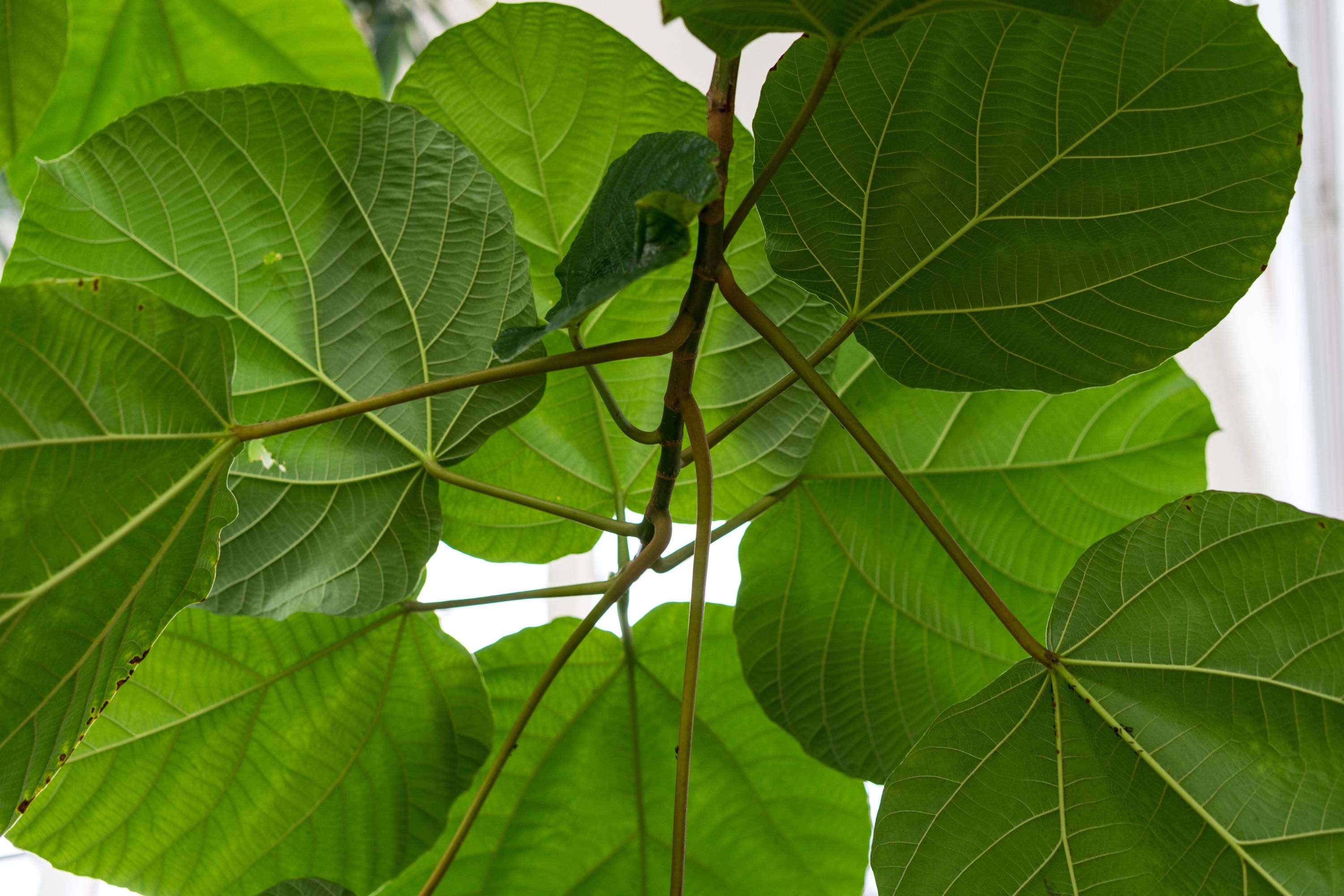Moreton Bay fig
(Ficus auriculata)

Description
Ficus macrophylla, commonly known as the Moreton Bay fig or Australian banyan, is a large evergreen banyan tree of the family Moraceae native to eastern Australia, from the Wide Bay–Burnett region in the north to the Illawarra in New South Wales, as well as Lord Howe Island. Its common name is derived from Moreton Bay in Queensland, Australia. It is best known for its imposing buttress roots. Ficus macrophylla is called a strangler fig because seed germination usually takes place in the canopy of a host tree, where the seedling lives as an epiphyte until its roots establish contact with the ground, when it enlarges and strangles its host, eventually becoming a freestanding tree by itself. Individuals may reach 60 m (200 ft) in height. Like all figs, it has an obligate mutualism with fig wasps; figs are pollinated only by fig wasps, and fig wasps can reproduce only in fig flowers. Many species of birds, including pigeons, parrots, and various passerines, eat the fruit. Ficus macrophylla is widely used as a feature tree in public parks and gardens in warmer climates such as California, Spain, Portugal, Italy, Malta, northern New Zealand (Auckland), and Australia. Old specimens can reach tremendous size, and their aggressive root system renders them unsuitable for all but the largest private gardens. The Moreton Bay fig is an evergreen tree that can reach heights of 60 m (200 ft). The trunk can be massive, with thick, prominent buttressing, and reach a diameter of 2.4 m (7.9 ft). The rough bark is grey-brown, and marked with various blemishes. The Lord Howe form of Moreton Bay fig has a habit of dropping aerial roots from its branches, which upon reaching the ground, thicken into supplementary trunks which help to support the weight of its crown. The leaves and branches bleed a milky sap if cut or broken. The figs are 2–2.5 cm (0.8–1 in) in diameter, turning from green to purple with lighter spots as they ripen; ripe fruit may be found year-round, although they are more abundant from February to May. It is a rainforest plant and in this environment more often grows in the form of an epiphytic strangler vine than that of a tree. When its seeds land in the branch of a host tree it sends aerial, "strangler" roots down the host trunk, eventually killing the host and standing alone. It is monoecious: each tree bears functional male and female flowers.
Taxonomic tree:







